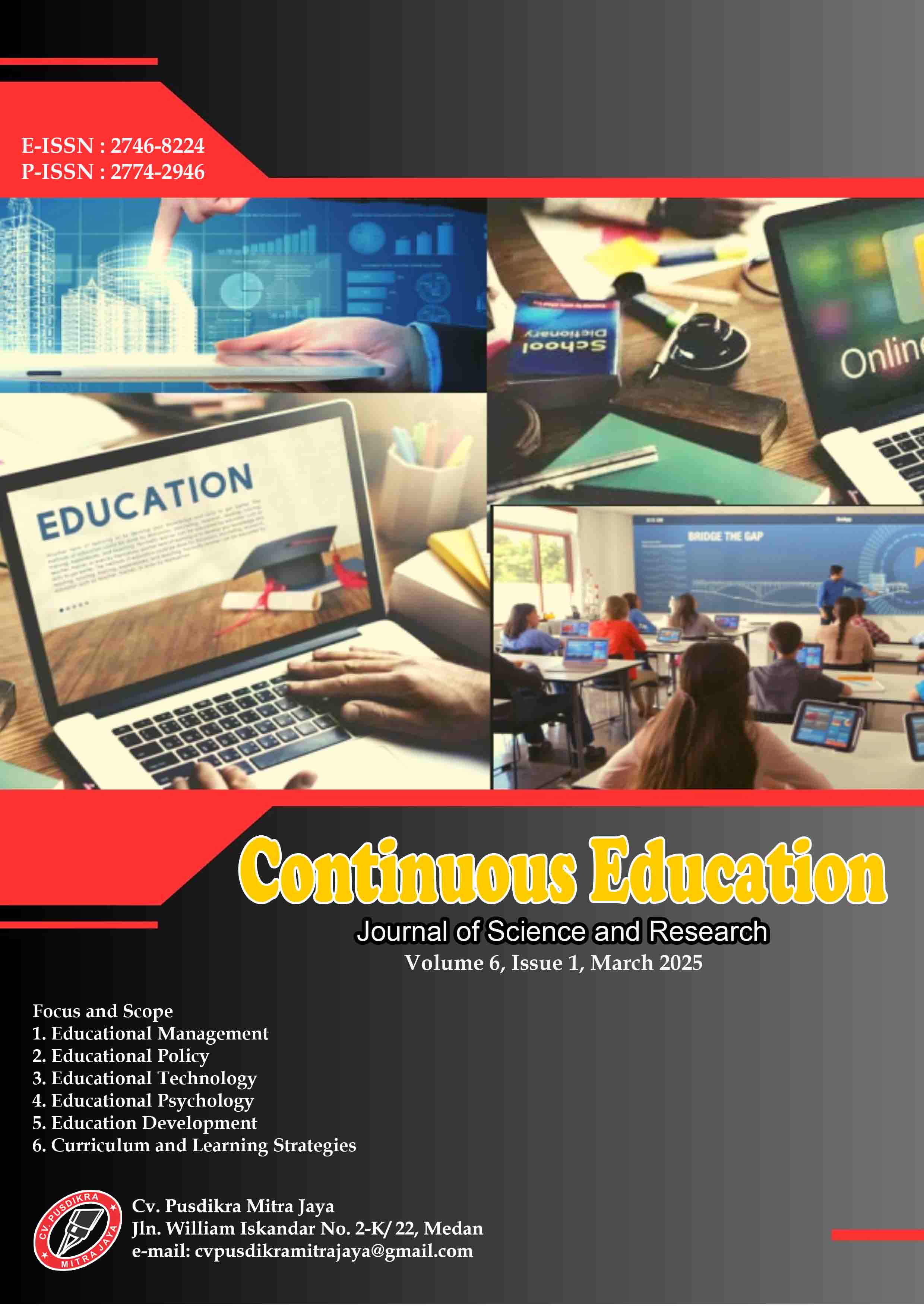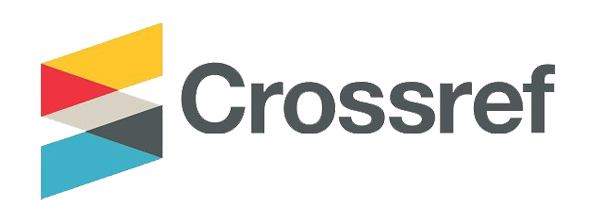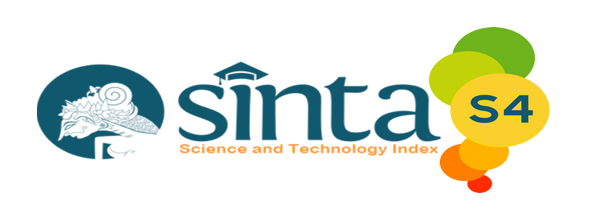English Language Lecturers’ Attitudes Towards E-learning in the Context of Higher Education Institutions (HEIs)
DOI:
https://doi.org/10.51178/ce.v6i1.2385Keywords:
E-learning, Attitudes, Higher Education InstitutionsAbstract
The adoption of e-learning is often deemed essential during emergencies in the Gaza Strip. As a result, Many Higher Education Institutions (HEIs) are compelled to transition their classrooms to online delivery. This study, therefore, attempted to investigate the attitudes towards e-learning held by the English Department faculty members at five HEIs in the Gaza Strip-Palestine. The data collection instrument used in this research was the Test of e-Learning Related Attitudes (TeLRA) scale. The collected data were analyzed through means and percentages using SPSS v20 statistical package. The findings show that the participants hold mildly favourable attitudes towards e-learning. It was speculated that lecturers holding mildly favourable attitudes towards e-learning rather than strongly favourable attitudes may be attributed to the lack of training and some other difficulties which may hinder the successful implementation of e-learning in the Gaza Strip HEIs. It is then recommended that training and professional development on e-learning need to be provided to the lecturers in order to raise their awareness of e-learning and its benefits. Further research on lecturers’ attitudes towards e-learning and the difficulties they may encounter while adopting e-learning is essential. Such research may enable lecturers to become aware of their attitudes towards e-learning. It may also help educators and other stakeholders find ways to overcome these difficulties, ultimately supporting the successful implementation of e-learning in the context of the Gaza Strip HEIs.
References
Al-Musawi, A., & Abdelraheem, A. (2004). E-learning at Sultan Qaboos University: Status and future. British Journal of Educational Technology, 35(3), 363-367.
https://bera-journals.onlinelibrary.wiley.com/doi/10.1111/j.0007-1013.2004.00394.x
Andersson (2007) Seven Major Challenges for E-Learning in Developing Countries Case Study eBIT, Sri Lanka. Informatics, Örebro University, Sweden.(pp.1-14). http://ijedict.dec.uwi.edu/include/getdoc.php?id=4575&article=472&mode=pdf
Baghzou, S. (2017) EFL Teachers attitudes towards the implementation of e-learning. Algerian Scientific Journals Platform,ASJP.2(7),468-475. https://ww25.afakrevues.net/index.php/afak/article/view/488/465?subid1=20250311-1654-3877-b585-a9cabc7dbb45
Bali, M. & Sharma, S. (2021). Integrating technology in ELT: Challenges and Strategies. ELT Journal, 75(3), 345-355 .http://doi.org/10.1093/elt/ccab012
Behera, S.K. (2012) “An Investigation into the Attitude of College Teachers towards E-learning in Purulia District of West Bengal, India”, TODJE: Turkish Online Journal of Distance Education, 13(3) .152-160. https://www.researchgate.net/publication/293104841_An_investigation_into_the_attitude_of_college_teachers_towards_e-_learning_in_Purulia_district_of_West_Bengal_India
Behera, S. K., Sao, S. & Mohamed, S. (2016) Attitude of B.Ed. Student-Teachers towards E-Learning. International Journal of Computer Science Engineering (IJCSE), 5 (6).305-31. https://www.semanticscholar.org/paper/Attitude-of-B-.-Ed-.-Student-Teachers-towards-BeheraSao/c954bc2a3f1457d0c8780ee1452feaf260d83e0a
Dillman, D. A. (2000). Mail and Internet surveys--The tailored design method. New York : John Wiley & Sons, Inc. https://www.scirp.org/reference/referencespapers?referenceid=1954030
Dornyei, Z, & Dewaele, J.-M.(2023). Questionnaires in second langauge reseach: Construction, adminstration, and processing(3rd ed). Routledge. https://www.routledge.com/Questionnaires-in-Second-Language-Research-Construction-Administration-and-Processing/Dornyei-Dewaele/p/book/9781032364315?srsltid=AfmBOordm10AECAukiXkQl1ndd7iPZD5Gwf1uCmVbBC3BP_0YZBrFVJS
Farjami, H. (2024). Good reasons to use psychological questionnaires in enhancing teaching English as a foreign language. Journal of Creative Practices in Language Learning and Teaching, 4(1). https://www.researchgate.net/publication/377850662_Integrating_Positive_Psychology_into_an_English_as_a_Foreign_Language_Teacher_Education_Program
Jain, M. (2012). ICT as an aid in teaching English literature and bridging the digital divide. Journal of Multidisciplinary Studies, 15(2), 49-54. http://bcjms.bhattercollege.ac.in/ict-as-an-aid-in-the-teaching-of-english-literature-and-bridging-the-digital-divide/
Holden, H., & Rada, R. (2011). Understanding the influence of perceived usability and technology self-efficacy on teachers’ technology acceptance. Journal of Research on Technology in Education, 43(4), 343-367. https://www.tandfonline.com/doi/abs/10.1080/15391523.2011.10782576
Hussain, T. et al. (2018) Prospective Teachers’ Attitude towards e-learning: A Case of Pakistan. International Journal of Humanities and Social Science. 8 (2) 187-190. file:///C:/Users/jit/Downloads/Prospective_Teachers_Attitude_towards_e-.pdf
Johnson, D., & Palmer, C. C. (2015). Comparing student assessments and perceptions of online and face-to-face versions of an introductory linguistics course. Online Learning, 19(2), 36-54. https://olj.onlinelearningconsortium.org/index.php/olj/article/view/449
Kisanga, D. H., & Ireson, G. (2016). Test of e-Learning Related Attitudes (TeLRA) scale: Development, reliability and validity study. International Journal of Education and Development using Information and Communication Technology (IJEDICT)12(1), 20-36. https://files.eric.ed.gov/fulltext/EJ1099575.pdf
Kisanga, D. H. (2016). Determinants of Teachers’ Attitudes Towards E-Learning in Tanzanian Higher Learning Institutions. International Review of Research in Open and Distributed Learning 17(5), 110-125 https://files.eric.ed.gov/fulltext/EJ1117380.pdf
Li, L. & Walsh, S. (2022). Technology-enhanced teacher talk in the english language classsroom: A multimodal discourse analysis. Language Teaching Research, 26(4), 567-584. https://doi.org/10.1177/13621688211024256
Liao, X.(2003). Chinese Secondary school EFL teachers attitudes towards communicative langauge teaching and their classroom practices. Unpublished PhD thesis. University of Auckland, New Zealand. https://www.proquest.com/docview/305288637
Liaw, S. S., & Huang, H. M. (2011). A study of investigating learners attitudes toward e-learning. 5th International Conference, 673. https://www.scirp.org/reference/referencespapers?referenceid=1652295
Liaw, S-S., Huang, H-M., & Chen, G-D. (2007). Surveying instructor and learner attitudes toward e-learning. Computers and Education, 49(4), 1066–1080. https://www.sciencedirect.com/science/article/abs/pii/S0360131506000145
Mills, L. A., Gerald, A., Knezek, G. A., & Wakefield, J. S. (2013). Understanding information seeking behaviour in technology pervasive learning environments of the 21st century. The Turkish Online Journal of Educational Technology, 12(4), 200-208. https://files.eric.ed.gov/fulltext/EJ1273292.pdf
Prabu, S. P. & Ramesh R. (2013). Attitude of The B.Ed., Students towards E-Learning In Tiruchengode Town. International Journal of Teacher Educational Research (IJTER), 2 (10),1-5. http://www.ijcse.net/docs/IJCSE16-05-06-008.pdf
Richardson, V. (2003). Preservice teachers’ beliefs. In .J. Raths & A. McAninch. (Eds), Teachers’ beliefs and classroom performance: the impact of teacher education. (pp.1-22 ) USA: Information Age Publishing, Inc. https://www.researchgate.net/publication/356598232_Introduction_In_Ben_Said_S_Zhang_L_J_Eds_2014_Language_Teachers_and_Teaching_Global_Perspectives_Local_Initiatives
Rogers, E. M. (2003). Diffusion of innovations (5th Ed). New York: Simon & Schuster, Inc. https://www.researchgate.net/publication/257624104_Diffusion_of_Innovations_5th_edition_Everett_M_Rogers_Free_Press_New_York_NY_2003_551_pages
Singh, G. & Priola, V. (2001). Long distance learning and social networks: An investigation into the social learning environment on online students. Proceedings of the Sixth Annual ELSIN Conference. 158-164. https://www.semanticscholar.org/paper/Long-distant-learning-and-social-networks%3Aan-into-Singh-Priola/f6edfe07484aaf97005af4ae71e3f643ef2f77f7
Sun, Y., & Yang, F. (2021). Exploring the effectiveness of virtual echange in enhancing intercultural competence among English language learners. Computer assisted Language Learning, 34(7), 875-898. http://doi.org/10.1080/09588221.2020.1789177
Suri, G. and Sharma, S. (2016) Investigation of Teacher’s Attitude towards e-learning-A case Study of Panjab University, Chandigarh, India. Giant Jyoti E-Journal,6(3),1-10. http://www.gjimt.ac.in/web/wpcontent/uploads/2017/11/Sneha-SharmaGunmala-SuriInvestigation-of-Teacher%E2%80%99s-Attitude-towards-e-learning-A-case-Study-of-Panjab-UniversityChandigarh-India.pdf
Vasantha, R. N., & Harinarayana, N.S. (2016). Online survey tools: A case study of Google Forms. Paper presented at the National Conference on "Scientific, Computational & Information Research Trends in Engineering, GSSS-IETW, Mysore. https://www.researchgate.net/publication/326831738_Online_survey_tools_A_case_study_of_Google_Forms
Wahbeh N. (2006). ICT and Education in Palestine: Social and Educational Inequalities in Access to ICT. A Case Study Approach. A.M. Quattan Fundation. http://libserver.bethlehem.edu/WebOPAC/records/1/97190.aspx
Walsh, C. S. ( 2011). E-Learning in Bangladesh: The trainer in your pocket. In M.B. Nunes & M. McPherson (Eds.), Proceedings of the IADIS International Conference on e-Learning 2011(pp.165-172). IADIS Press. https://www.academia.edu/776414/E_Learning_In_Bangladesh_The_Trainer_In_Your_Pocket_
Wilson, R. and JeaN, D. (2010). The use of web questionnaires in second language acquisition and bilingualism research. Second Language Research 26 (1), 103-23. https://journals.sagepub.com/doi/10.1177/0267658309337640
Downloads
Published
How to Cite
Issue
Section
License
Copyright (c) 2025 Ali Abdel Qader, Ali Zendah

This work is licensed under a Creative Commons Attribution 4.0 International License.
















